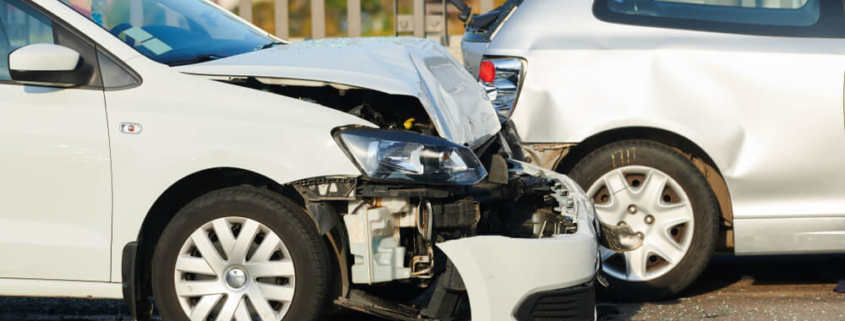How to Prove Negligence in an Auto Accident Case
Auto accidents are common occurrences on Biloxi and Pascagoula roads, but that doesn’t make them any less frightening and traumatizing. When you’re involved in a collision, no matter how minor or severe, it’s essential to take some time to explore your options and find out if you’re entitled to compensation. A big part of this is proving that someone else’s negligence caused your accident and subsequent injuries.
Elements of Negligence in an Auto Accident Claim
Understanding the elements of negligence that must be present in a personal injury claim is a vital part of figuring out the value of your claim. Negligence is a legal term that refers specifically to a party’s failure to exercise reasonable care in a way that causes harm to another party. There are several key elements of negligence in an auto accident claim:
- Duty of care: The person who may be at fault must have had a duty of care to the victim. As a general rule, this is automatically present when you’re on a public road—drivers are expected to take reasonable steps to protect others from harm.
- Breach of duty of care: The other person must have breached their duty of care to the victim. This can play out in a variety of ways in a car crash. For example, the at-fault driver may have failed to check their blind spot before changing lanes or failed to yield the right of way. These are simple breaches that constitute negligence. Texting while driving or driving while intoxicated would be examples of gross negligence which allow for punitive damages.
- Causation: That breach of duty must have caused the accident that injured you. For example, perhaps the texting driver rear-ended you at high speed because they were not paying attention. Maybe the driver changing lanes pushed your car into the median because of their inattentiveness.
- Damages: The victim must also have damages due to the accident. This includes, for example, medical bills, lost income, and damage to your vehicle. You must be able to prove your accident-related losses in order to seek compensation.
Evidence That Can Support Your Case
Proving that all four of these elements may seem overwhelming, but your evidence will do most of the heavy lifting in your case. This is one of the benefits of hiring an attorney; they know how to gather, analyze, and present evidence in a way that best supports your case. Some of the evidence that may be useful in your claim includes:
- Photos and video footage: Taking photos and videos at the crash scene should be one of your top priorities after you’ve checked yourself for injuries and called for help. This type of evidence proves where and when the accident happened, how the cars collided, and if there were any other factors contributing to the collision.
- Police report: Make sure to get a copy of the police report as soon as it’s available. It will include information on what both parties said about the crash and any citations that were given as a result.
- Eyewitness testimony: Eyewitnesses, especially those not tied to either driver, are an excellent source of evidence and information in an investigation.
- Cell phone records: If the other driver was allegedly on their phone, getting ahold of their records could help prove their negligence.
- Driver statements: Both drivers will be asked to tell their side of the story after an accident. Your attorney will likely refer to both statements as they build your case.
Comparative Negligence in Mississippi
What if you are also partially to blame for the collision? Mississippi is a pure comparative negligence state. Even if you are partially to blame for the crash, you can still receive compensation. You simply cannot be 100% at fault for the collision.
Explore Your Legal Options with Gardner Law Firm
Ready to fight for compensation after a car crash? The team at Gardner Law Firm is here to help. Call us or send us a message online to schedule a consultation now and we’ll help you consider your options and choose a path forward.



